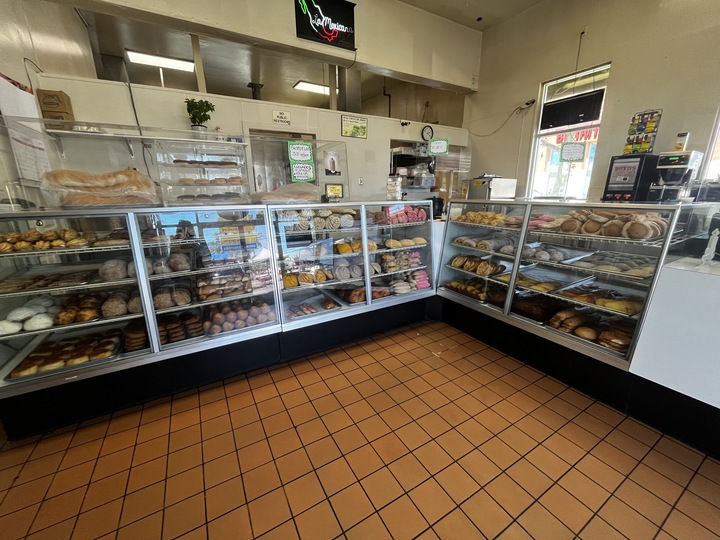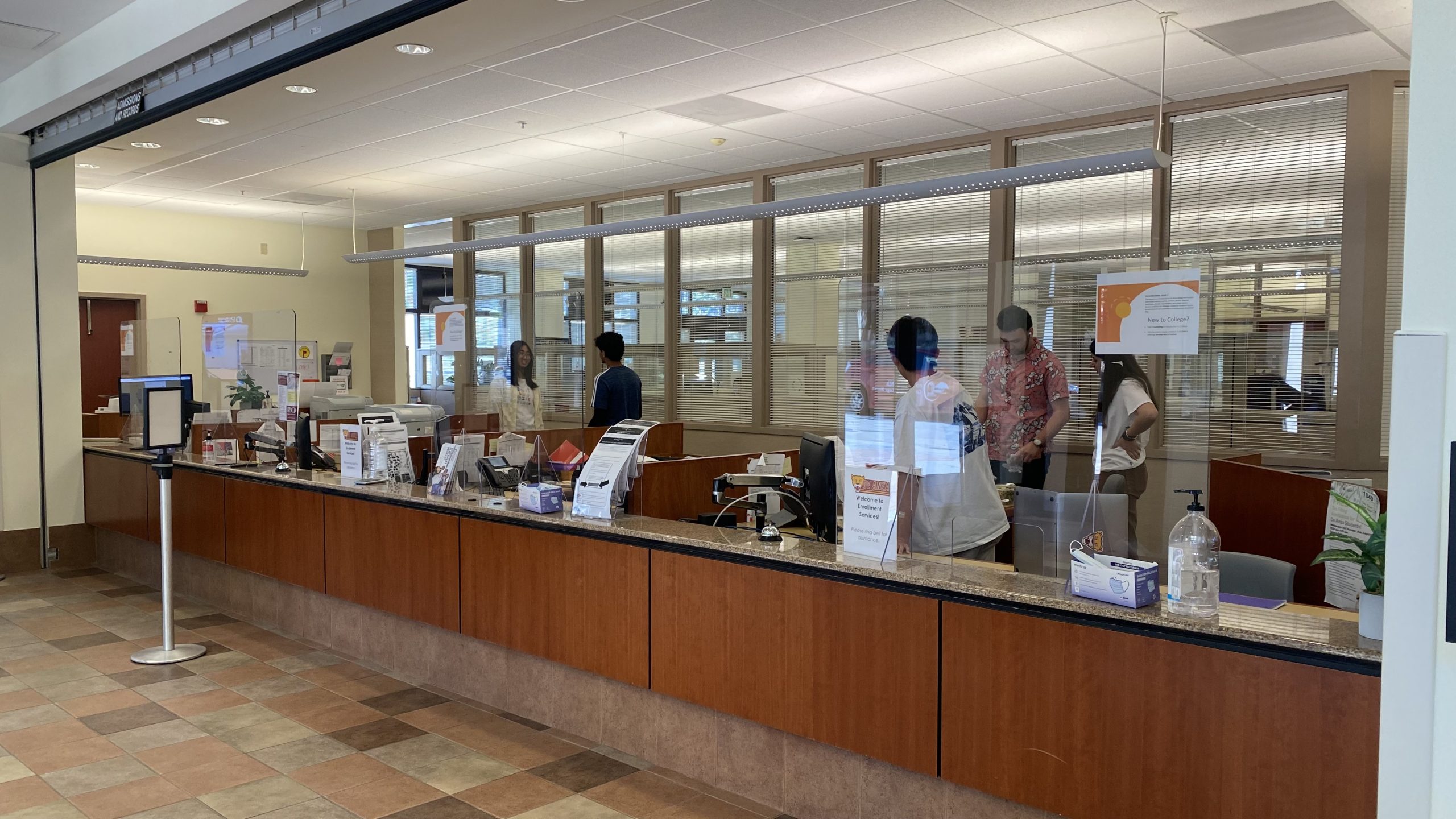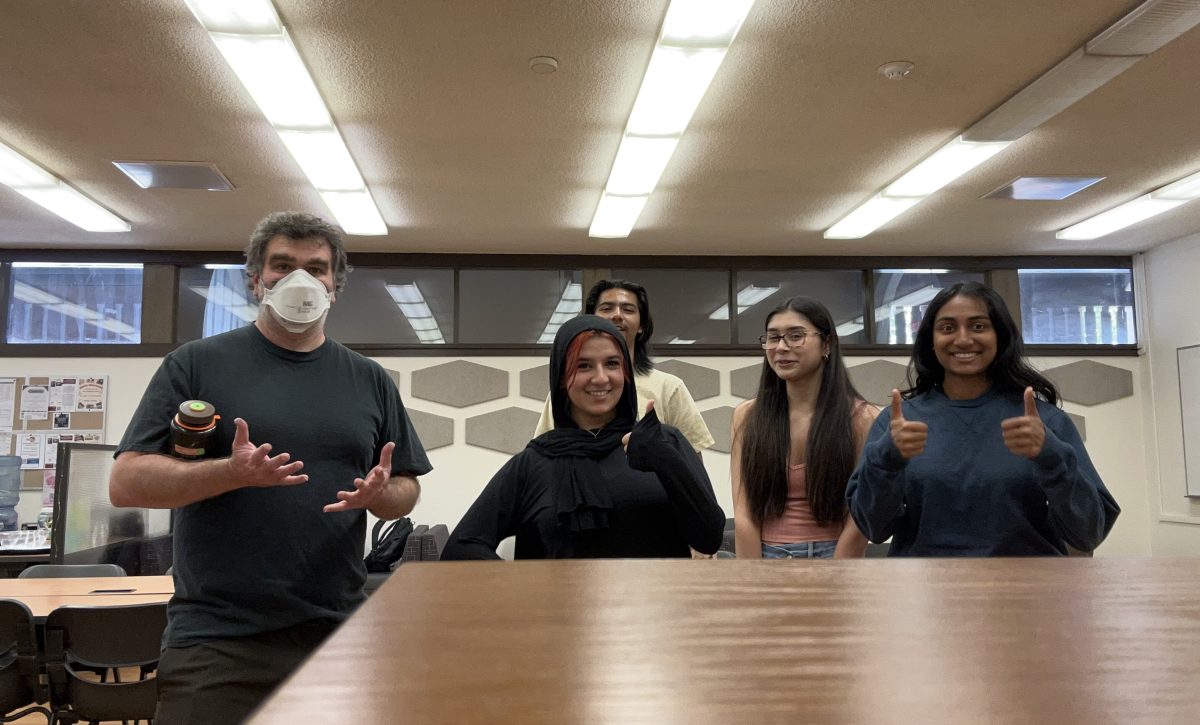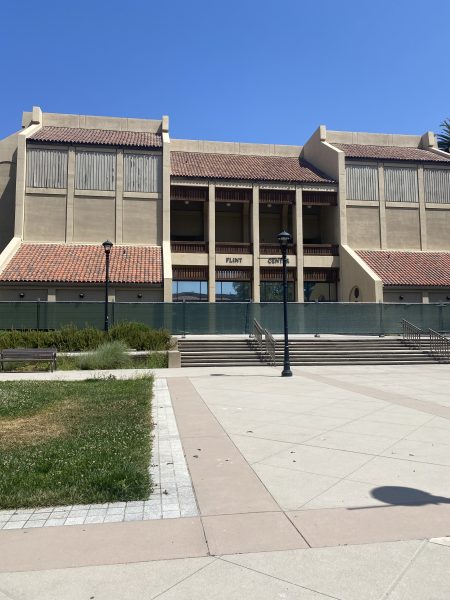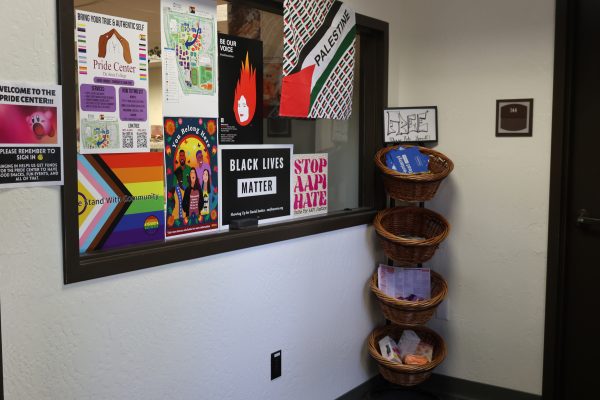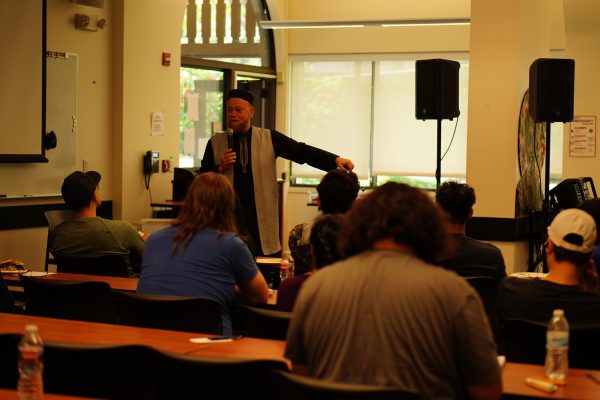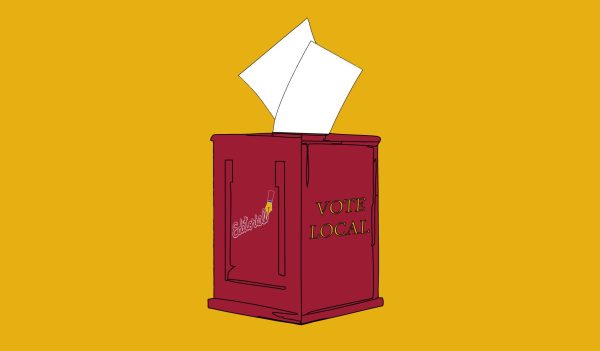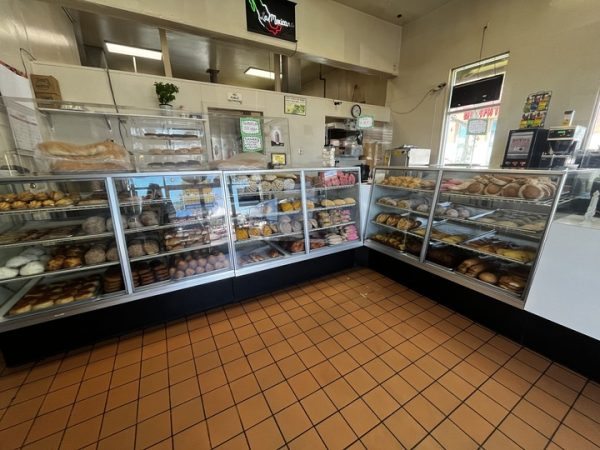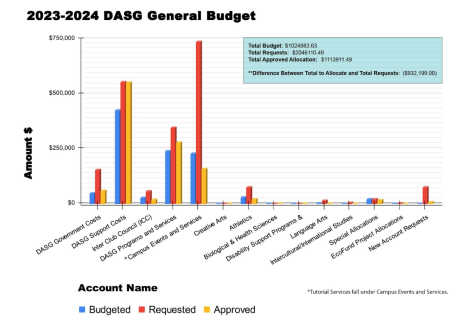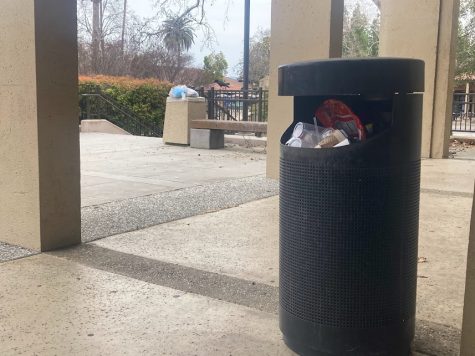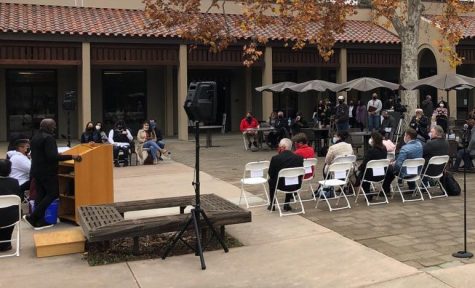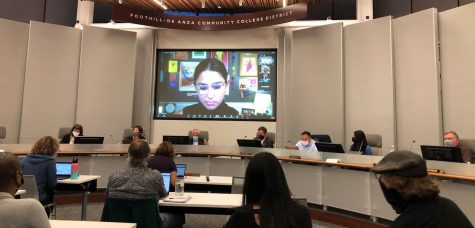Opinion: Faculty undervalued in budget crisis
May 21, 2018
The Foothill-De Anza District’s budget reduction plans endanger an unacceptable number of faculty jobs.
No one is denying that we are in a budget crisis. At last Monday’s Foothill-De Anza Board meeting, a revised plan was approved to address the now $17 million deficit, 50 percent of which will be De Anza’s share to reduce over the next several years.
Faculty and staff will lose their employment or have it reduced to the point that they can no longer afford to work at De Anza.
— Tim Shively
The uncertainty of the state budget – the District has been forced to map out hypothetical scenarios due to the lack of clarity about what the funding mechanisms will be – exacerbates the instability of the situation.
But it’s not just courses and programs which will take the hit in these reductions: Faculty and staff will lose their employment or have it reduced to the point that they can no longer afford to work at the college.
Surviving in the Bay Area is a problem we share with students, many of whom have stopped coming to De Anza because of their unaffordable rent, the increasingly long commutes and the rising cost of gasoline.
This is why the Faculty Association has insisted that the District pass on to us the 1.56 percent Cost of Living Adjustment, or COLA, which was allocated to community colleges in the 2017-18 State budget. Many people don’t realize that the District appropriates this money for other purposes, and that the unions have to fight at the negotiating table to get these funds allocated to salaries and benefits.
You will probably hear claims from the District that faculty are causing additional layoffs by insisting on a COLA. Nothing could be further from the truth.
The District and College administrators make decisions about where to cut and how deeply.
Faculty have already been severely hit in relation to part-time instruction, the equivalent of 42 full-time instructors, and the Board has approved many non-essential expenditures over the past eight months which would have been more than enough to pay for the COLA.
It’s time the District began to acknowledge the valuable work we do for students by investing in its employees.



